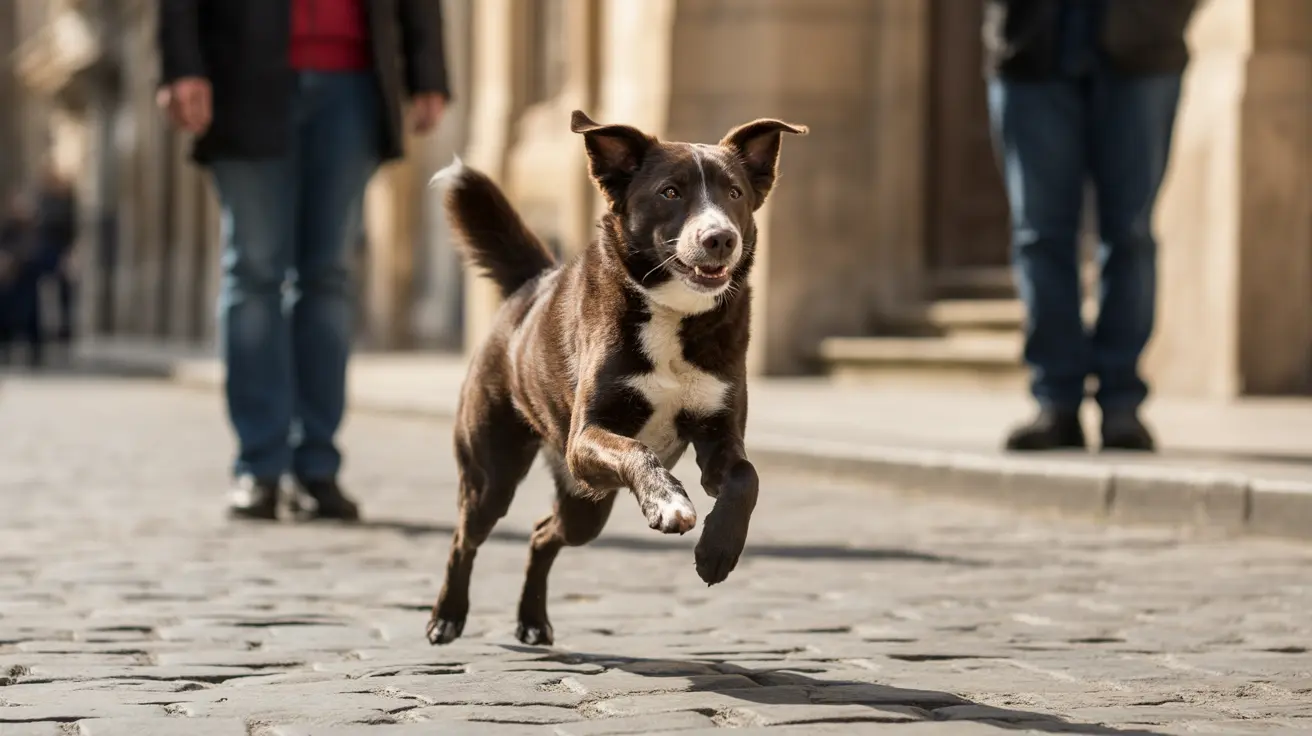What Are Sled Dogs Used For?
Sled dogs have played a vital role in human history, especially in cold and snowy regions where traditional vehicles can't travel. These hardworking canines have adapted to harsh environments and are valued for their strength, stamina, and intelligence. Let's explore the many uses of sled dogs and how they've shaped life in the far north.
The Primary Role: Transportation
For centuries, people living in Arctic and sub-Arctic regions have relied on sled dogs as a primary means of transportation. Before the invention of snowmobiles or airplanes, sled dog teams were essential for moving people and supplies across vast stretches of snow and ice. Whether traveling between remote villages or delivering mail to isolated outposts, these dogs made journeys possible that would otherwise be perilous or impossible.
- Traveling long distances: Sled dog teams cover many miles each day, even in extreme weather.
- Carrying supplies: From food to building materials, sleds pulled by dogs transport heavy loads efficiently.
Hauling Goods and Supplies
Sled dogs aren't just about moving people; they're also crucial for hauling goods. In areas where roads disappear under deep snowdrifts, these teams deliver everything from firewood to medical supplies. Their ability to navigate treacherous terrain ensures that communities remain connected during harsh winters.
- Medical deliveries during emergencies
- Bringing mail to remote locations
Sled Dog Racing: A Modern Sport
While practical uses remain important in some regions, sled dog racing has become a thrilling sport enjoyed worldwide. Races like the Iditarod in Alaska or the Yukon Quest test both canine and human endurance over hundreds of miles. Teams compete against each other (and nature) for glory and prizes. The excitement draws large crowds and celebrates the unique bond between mushers (drivers) and their dogs.
- Short-distance sprints
- Long-distance endurance races
Cultural Significance
Sled dogs hold a special place in indigenous cultures across the Arctic. They're not just working animals; they're companions, protectors, and symbols of survival. Traditional stories often feature heroic sled dogs who save lives or guide lost travelers home.
The Evolution Into Modern Times
With advances in technology, snowmobiles and airplanes now handle much of the transportation once managed by sled dog teams. Still, many remote communities continue to use sled dogs—especially when machines break down or fuel runs out. In addition, tourism has created new opportunities: visitors flock northward for authentic dog sledding experiences that connect them with history and nature.
- Guided tours through snowy wilderness
- Educational programs about traditional lifestyles
The Qualities That Make Sled Dogs Special
Sled dogs are chosen for their unique combination of traits:
- Toughness: They withstand freezing temperatures without complaint.
- Loyalty: They work closely with humans as part of a team.
- Endurance: They run for hours (sometimes days) with minimal rest.
The most famous breeds include Alaskan Huskies, Siberian Huskies, Malamutes, and Samoyeds—each bred for specific strengths like speed or pulling power.
A Lasting Legacy
Sled dogs have helped shape exploration of polar regions (think early expeditions to the North Pole), supported scientific research stations far from civilization, and continue to inspire awe through their courage. Whether carrying mail across frozen rivers or racing toward distant finish lines, these remarkable animals remain an enduring symbol of resilience and partnership between species.





